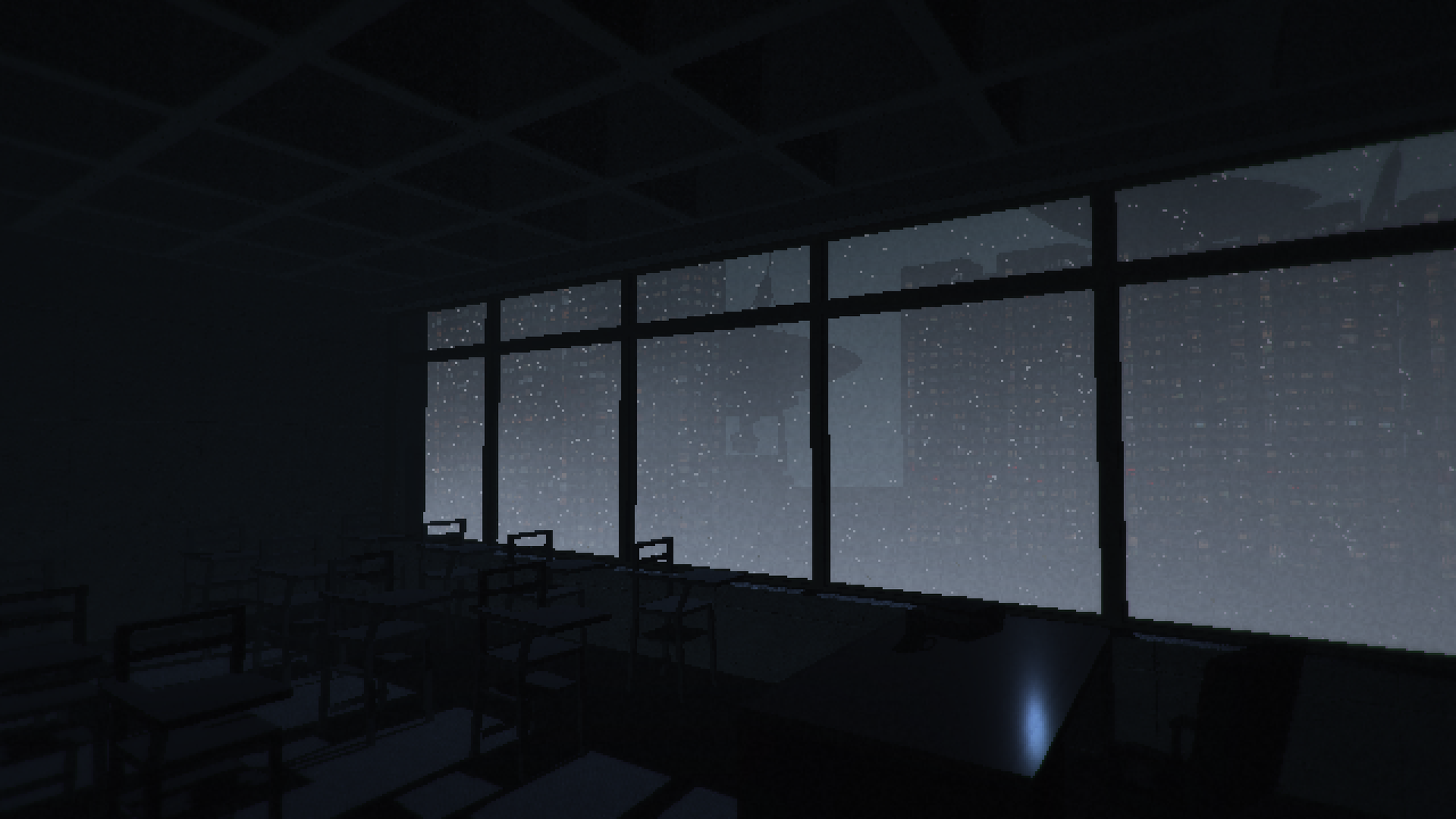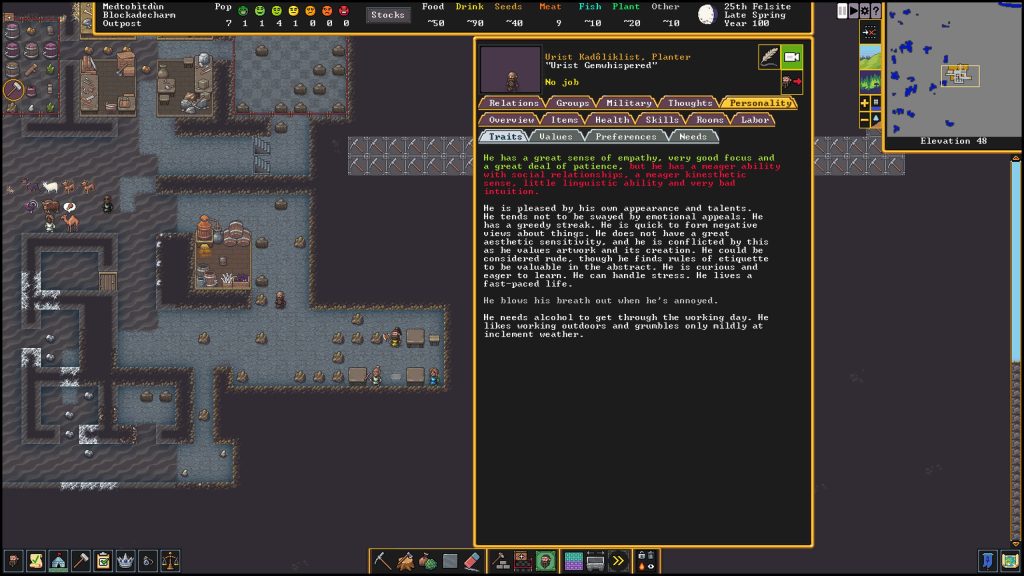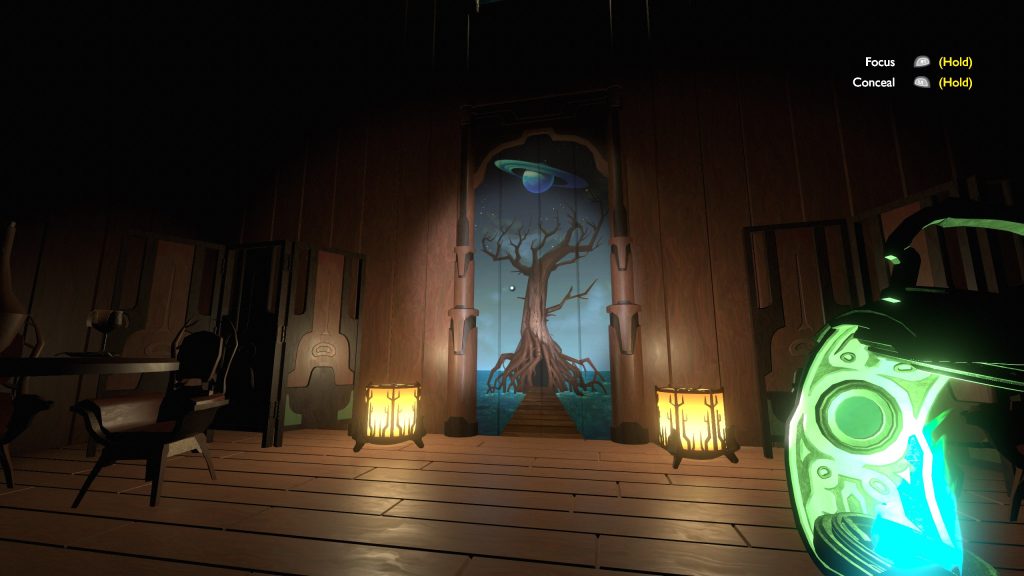
The Year
Another year has passed and another GOTY season is reaching its crescendo. In many ways, 2022 has been a year characterized by a fervent desire to return to normalcy in our daily lives. In some ways, this is equally true of gaming culture writ large. Gamers hunger for bigger and bigger titles and tire of stories about crunch and abuse. In the past few weeks, critics have been gushing about hands-on previews of Diablo IV, and rarely have any interest in contextualizing their impressions against the ongoing lawsuit filed last year against Blizzard for their abusive labor practices.
Gamers like to forget how the sausage is made and go back to blissful ignorance. But as stories of crunch and abuse become ever more frequent, we risk confusing “back to normal” with a new normal, in which the horrors of the games industry are widely known and acknowledged, but simply accepted as inevitable, no cause for changes in consumption or regulation. It’s important that when we return to normalcy, we recognize how “normal” has changed — and consider whether or not we’re okay with that.
Gamers are eager to move on from Activision Blizzard’s horrific abuses, and have largely embraced the Microsoft merger that would, in some ways, absolve the studio of some responsibility for any ongoing cultural problems it may have (to say nothing about what it could mean for unionization efforts). With the FTC obstructing the merger, it’s a good chance to think about what the future may hold.
The List
So with these thoughts on my mind, I needed to come up with a format to use for my GOTY list this year. Last year I poked fun at The Game Awards silly categories, and the year before I split my list into two parts (backlog and current year).
This year, I decided to return to the classic Top 10 format. I played a fair amount of new games this year (mostly by coincidence), so it felt appropriate to make a list of games for 2022 in particular.
This is my way of giving into the urge to go “back to normal”, but I hope that it can also be a way to examine how “normal” has changed. I can see the small ways in which my taste is changing, as I lose patience with sprawling open-world games (with rare exception) and dabble in more unfamiliar genres and styles. A younger version of me might have been head over heels for Horizon: Forbidden West or God of War: Ragnarok; but I hardly played the former and skipped the latter entirely.
So as I present my Top 10 list, I’ll try to unpack how things have changed and how they’ve stayed the same, and look for similar patterns in gaming culture and game design as well. To start, I’ll talk about a few games I missed, a few that I played from previous years, and a few honorable mentions.
Out of Time
As always, there are more games of interest in any given year than I had time to play. This year, I kept up with a lot of the games that interested me most, but really needed to pick my battles as the year wore on.

Dwarf Fortress
The original Dwarf Fortress is freeware game that’s been continually developed and elaborated since it was launched in 2006, known for its inscrutable ascii interface. This year, a new paid version of the game launched with revolutionary visual improvements (a user interface! sprite art! mouse controls!), promising to make a deeply beloved game intelligible to a broader audience.
I’ve only found time to play about an hour of the game and I can already see that the rabbit hole runs unfathomably deep. I usually struggle with strategy and simulation games in general, but I’d love to sink more time into it and see if I can find the parts that work for me.
Roadwarden
I don’t know a lot about Roadwarden, but it’s been recommended to me by a trusted friend and it possesses an air of mystery about it that piques my curiosity. The game is presented as something like a high-fidelity text adventure, complete with a stylish pixel art look and the promise of systems-driven gameplay, reminiscent of a tabletop RPG or an old-school CRPG.
As a combination of visual novel, text adventure, and RPG mechanics, it feels like it may be able to use its resources in unique ways. Roadwarden seems to be inevitably in conversation with Dungeons and Dragons and other tabletop RPGs, and I’m excited to find out how I’ll feel about it.
Rollerdrome
My initial reaction to Rollerdrome’s trailers was a dislike of its art style. It doesn’t help that Sable, one of my favorite games last year, uses some similar shading techniques to portray a stark and beautiful desert. It’s not unreasonable to compare them, but they also have different goals.
I still don’t love the art style in context, but I’m increasingly curious about the blend of skating and action mechanics. I’ve never been the type of person to take interest in skating games, so it’ll be interesting to explore the genre when it’s mashed up with ones I’m more likely to seek out.
Looking Back
Though I had a general preference for recent releases this year, I still dipped into the backlog to pick up a few things I had missed and to revisit a favorite from the last decade. Here are some highlights.

Outer Wilds: Echoes of the Eye DLC (2021)
Outer Wilds (the base game) is one of my favorite video games of all time. When I first learned it was getting DLC, my first thought was “why?” What could be added that wouldn’t undermine it, or just feel like more of the same?
But my gut reaction was wrong; Echoes of the Eye justifies its existence. It manages to both weave itself into the solar system of Outer Wilds, while still being structured as a contained story.
Like the base game, it tells stories of tragedy and hope, its mysteries unfolding gradually as the player explores a long-dormant space station hidden among their solar system. The stealth and horror elements that Echoes of the Eye adds are unnerving and occasionally overlong, but broadly successful. I might have gripes with the structural compromises that this DLC makes in order to fit itself into the main game, but I have no doubt that it was a worthy addition.
The Forgotten City (2021)
The Forgotten City was a widely-adored title from 2021 that I finally got around to this year. It’s a story about a mysterious ancient city caught in a time loop, in which the slightest mistake will unravel its fate. The game is about meeting characters, solving mysteries, and building a proper sequence of actions that will uncover the truth.
While I found some of the tropes in the game to be a little tired, and some of the carry-overs from its Skyrim-mod days to be unnecessary (it probably didn’t need to have combat at all), it was nonetheless a game brimming with creativity and charm.
Pyre (2017)
Even though I had already played and loved Pyre in 2017, I found an opportunity to re-evaluate it this year. I nominated it at my workplace’s indie game club (like a book club) and it was selected; meaning not just a chance for me to replay it attentively, but also a chance to share it with other folks who hadn’t played it before.
Pyre is easily the strangest game from Supergiant (Bastion, Transistor, Hades), and it holds a special place in my heart due to the sheer heights of its ambition and the creativity of its worldbuilding. It has some rough edges and can sometimes be inscrutable, but it won me over in 2017 and it did so again this year. Though I had different critiques this time around, I’m very glad to have found the game just as endearing as I remembered.
Honorable Mentions

Thymesia
Thymesia is a (difficult-to-pronounce) souls-like action game that’s most reminiscent of Bloodborne, but with a healthy dose of Sekiro-style parrying. It’s a relatively concise experience, just long enough to give space to explore its ideas but not so long that it overstays its welcome.
Its environments aren’t exceptionally interesting and there are some repetitive enemy encounters, but it’s brimming with fun ideas. Thymesia features boss fights that are dynamic, challenging, and incredibly tense. On more than one occasion, I finished a difficult encounter with only a sliver of health remaining, having bet it all on a final chain of parries that gave me the opening I needed. To me, that is the sort of drama at the heart of a souls-like, and Thymesia accomplishes it deftly.
Haiku, the Robot
Haiku, the Robot is a charming little metroidvania that draws heavy inspiration from Hollow Knight (as well as the genre classics themselves). Folks who know me are aware that I developed a deep fondness for the metroidvania format over the past 6 or 7 years, and that for a while I was playing every one I could find.
Haiku is very solid, and its inspirations are worn proudly. It’s charming, it controls nicely, and its just the right amount of challenge. But while I think that it’s objectively a well-made game, I found my experience with it to be unremarkable. Maybe it was because the story of the world felt underexplored, or because there were points where I couldn’t figure out where to go. Or maybe the magic is simply wearing off, that it’s time for me to be more discerning about what I play in this genre and think more carefully about what I like most about it.
Kirby and the Forgotten Land
Kirby and the Forgotten Land is an excellent game, made with a ton of love and creativity, and it was a welcome way to unwind from time to time in the past few months since I picked it up. Its level design is beautiful and filled with a sort of climate crisis anxiety that I haven’t yet seen in a colorful, upbeat Nintendo game.
I’m happy to have played all the way through this game, but in the end it was just shy of making my list. It’s nice to see an old series so alive and well, having found ways to expand its formula while staying friendly, approachable, and delightfully weird.
That’s it for the kickoff! Stay tuned to see what I’ve picked for my Top 10 list this year.